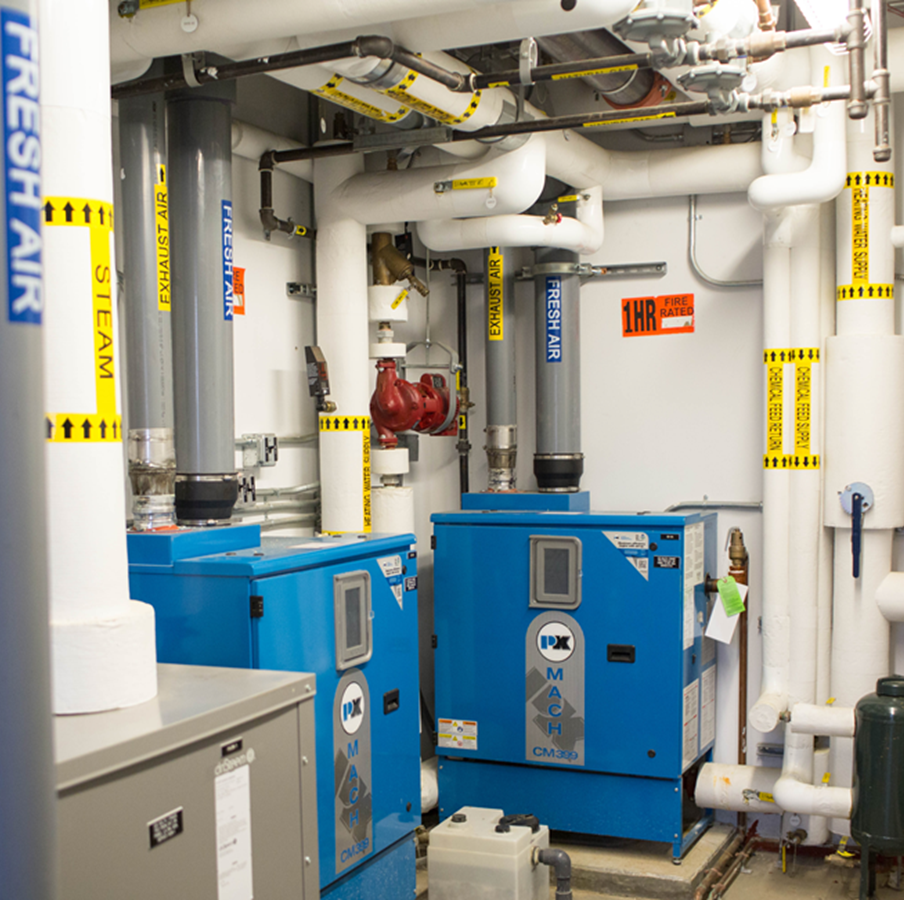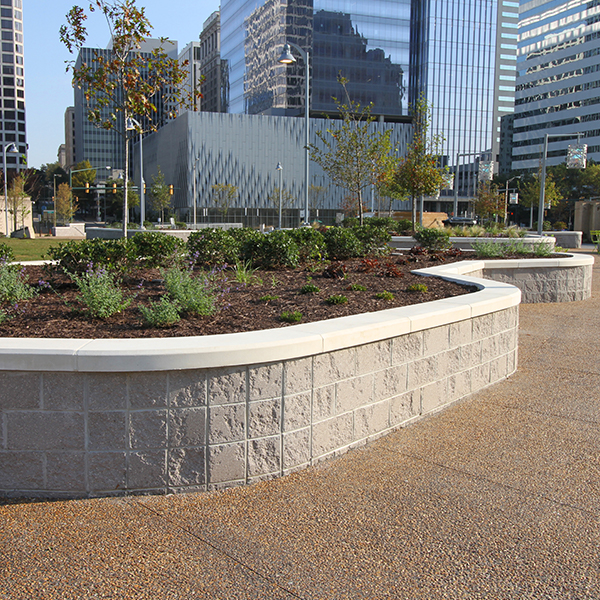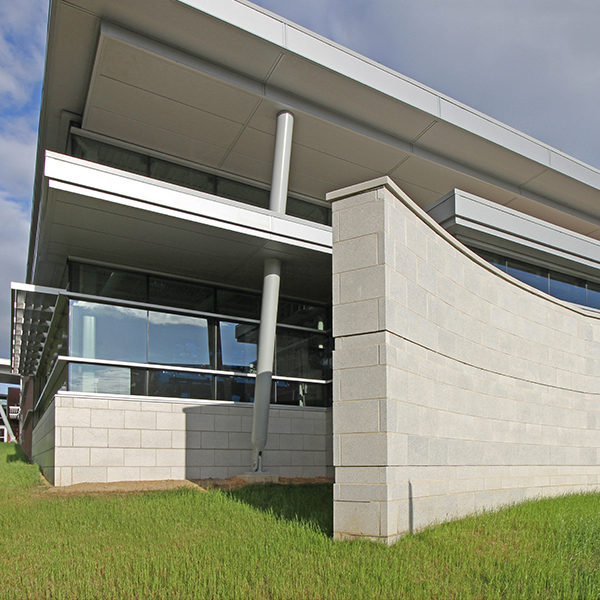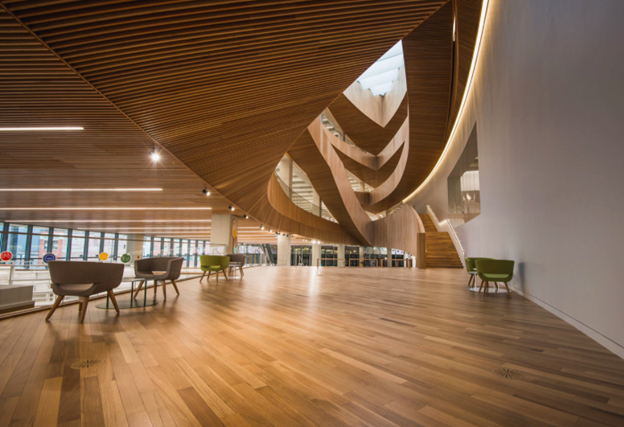In the era of climate change, environmentally sound building practices are becoming the standard in new construction and major renovation projects. With HVAC systems and lighting accounting for 61%* of a building’s performance, mechanical, electrical, and plumbing (MEP) systems are a vital part of a building’s design. Proven sustainable design concepts and energy-efficient systems that are properly sized, correctly installed, and well-maintained are an important foundation for achieving optimal energy savings. The role of MEP design plays a significant role throughout the project life cycle (typically be broken down into discovery, design, construction, and closeout) and decision making. Through an integrated and informed design process, MEP engineering design will help minimize energy consumption, maximize energy efficiency, create healthier environments for building users, and enable building owners to achieve lower facility operating costs and return on investment.
Discovery
To ensure that MEP systems are properly sized for each project, the MEP consultant must work with the owner and design team early in the design process to thoroughly understand the project vision and goals. Charrettes and meetings enable the project team to brainstorm ideas to resolve the unique challenges a project presents and facilitate multidisciplinary solutions. A typical initial session commences with an analysis and detailed understanding of the site microclimate and its impact on the building mass and orientation, with a priority for building efficiency and occupant experience. A whole-building analysis encompasses, but is not limited to, site analysis, and envelope performance including glazing; daylighting and controls; innovative heating, cooling and ventilation systems; renewable energy systems; passive technologies; and cost benefit analysis.
Intricate simulation programs are then used to explore innovative ideas and establish targeted energy reductions. Parametric modeling is used for optimization studies and to explore energy conservation measures that reduce building load and operational cost savings. This approach delivers sustainable solutions that are ideally suited to each project, without costly and unnecessary over-engineering. This qualitative and collaborative exercise is important in assisting stakeholders and project team members with making informed decisions that drive their designs towards energy efficiency while remaining within the budget constraints.
Based on project and client goals, there are many innovative and data rich opportunities worth exploring. The following are some examples:
- Natural ventilation maximizes fresh air, reduces energy costs, and promotes health and wellness
- Dedicated Outside Air Systems (DOAS) with energy recovery separates the ventilation (air supply) from heating and cooling requirements, which can dramatically reduce size of mechanical equipment and provide notable energy cost savings
- Geothermal energy can be utilized in lieu of fossil fuels and it is a very predictable and reliable source of energy
- Radiant based heating and cooling strategies reduces fan energy and provides high levels of thermal comfort with relatively small amounts of energy
- Design to eliminate perimeter heating which is no longer a necessity in today’s new construction with today’s high-performance windows
- Solar photovoltaics produce enough energy to meet energy needs
- Low consumption plumbing fixtures reduce water and energy usage
- Rainwater harvesting and greywater systems reduce reliance on municipal water supplies for toilets and irrigation
- Building automation systems (BASs) optimize operations and controls systems and help facility managers make cost-effective adjustments based on data over time
- LED fixtures use less energy than incandescent and fluorescent lighting solutions
- Daylighting sensors dim lights automatically and activate artificial light to supplement natural lighting only when needed
- Digital sensors and other energy-conservation technologies automate temperature regulation for energy and cost savings
- Demand control ventilation strategies to reduce ventilation during unoccupied scenarios
Design
Throughout the design process, the following strategies and technologies are utilized based on project requirements:
- Regular coordination meetings to allow the flow of information between disciplines that enable the MEP systems to seamlessly integrate with the architectural, structural, and other building systems
- Consultant engagement to evaluate the interactive effects of the design as it evolves and thus drive the design towards constructible and easily maintainable solutions.
- BIM technology to create construction content in the form of 3D models that are accurate, current, and able to serve green initiatives.
- Energy modeling to show the performance and impact on life cycle costs of design schemes, updated throughout the design.
- Concept design strategy analysis to discover and offer ways to front-load sustainability considerations.
- Climate/comfort analysis to ensure intelligent designs that consider local climatic conditions and variations.
- Energy, daylight, and solar radiation modeling software and parametric modeling tools to demonstrate where changes in design can allow for increased performance, comfortable, naturally lit spaces that design for comfort, visual acuity, and glare control.
- Materials exploration such as electrochromic glass, deplorable external shading devices, phase change materials, and building integrated PV, and natural ventilation strategies.
Construction
Even the most well-planned and designed project can encounter changes and unsuitable installation during construction. When identified, it is important for the MEP design team to notify the construction team, in a timely fashion, to avoid possible costly and negative-impacting effects of incorrectly installed MEP systems. Commissioning is another MEP process of critical importance–which is a proactive process for addressing possible inefficiencies during construction that could impact optimal systems performance and energy efficiency.
Close-out
A great deal of time, effort, and expense is typically expended for the design, construction, and commissioning of a sustainable building project. When a project is completed and the design and construction teams have moved on, the owner takes over a facility that is performing as intended. With proper management and monitoring of the MEP systems and post occupancy optimization and operation, systems can run at peak performance and efficiency. These systems comprise a significant investment and portion of the operational costs of most buildings–it is financially beneficial for building owners and tenants to sustain this strategy to increase system life, manage energy consumption, and insure occupant comfort and well-being.
In conclusion, MEP designers, using leading engineering technologies and integrative design process throughout the project life cycle, can help minimize energy consumption, maximize energy efficiency, create healthier environments for building users, and enable building owners to achieve lower facility operating costs and return on investment.
*Source: U.S. Energy Information Administration (EIA) data from the Commercial Building Energy Consumption Survey (CBECS)
Content provided by 2RW.







